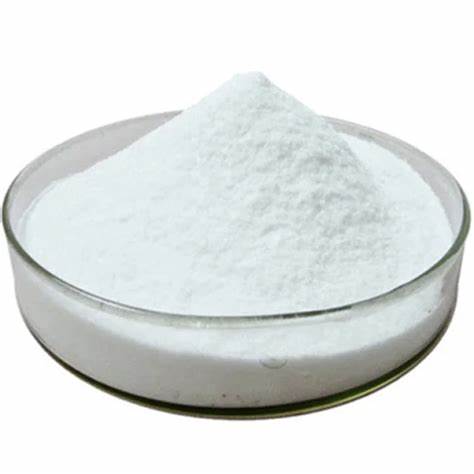
Flame retardant
Overview
Flame retardants are chemical additives that reduce the flammability of materials by interfering with the combustion process. They protect plastics, textiles, electronics, construction materials, and coatings from ignition and flame spread, enhancing fire safety and compliance with regulatory standards.
Key Properties
-
Reduce ignition and slow flame propagation
-
Minimize smoke generation and toxic gas release
-
Improve thermal stability and self-extinguishing behavior
-
Compatible with thermoplastics, thermosets, coatings, textiles, and foams
-
Available in halogenated and halogen-free formulations
Examples of the Item
-
Halogenated Flame Retardants — brominated and chlorinated compounds with high efficiency
-
Phosphorus-based Flame Retardants — organophosphates, phosphinates, and red phosphorus
-
Nitrogen-based Flame Retardants — melamine derivatives for synergistic effects
-
Inorganic Flame Retardants — aluminum hydroxide (ATH), magnesium hydroxide (MDH), ammonium polyphosphate (APP)
-
Intumescent Systems — expand to form protective char layers during fire exposure
Applications
-
Plastics & Polymers — PP, PE, ABS, PC, PVC, nylon, and engineering plastics
-
Electronics & Electrical — housings, circuit boards, connectors, wire insulation
-
Textiles & Upholstery — protective clothing, curtains, automotive and aircraft interiors
-
Construction Materials — insulation foams, coatings, sealants, adhesives
-
Transportation — automotive, aerospace, and marine components requiring fire safety
Supply Options
-
Grades: Industrial, Specialty, Halogen-free, Eco-friendly formulations
-
Forms: Powders, Granules, Liquid dispersions, Masterbatches
-
Compliance: RoHS, REACH, UL 94, ASTM fire safety standards
Note: Selection of flame retardant depends on polymer type, processing conditions, and fire safety regulations for the end-use application.


Choose options

